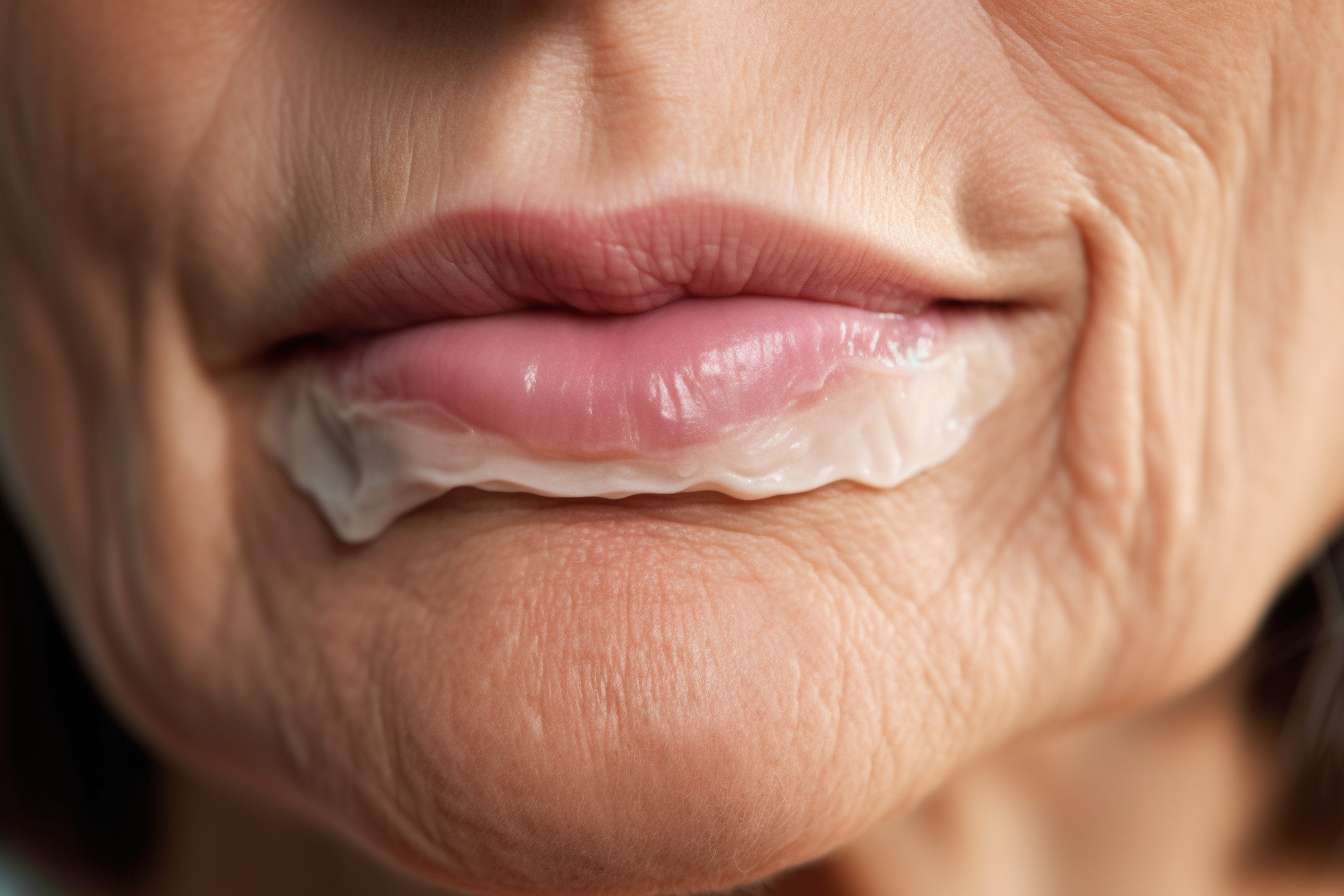Banishing Dark Circles: More Than Just Beauty Sleep
Dark circles under the eyes are a common cosmetic concern that affects people of all ages and backgrounds. These shadowy areas can make us look tired, older, and less vibrant, even when we're feeling our best. While many assume that lack of sleep is the primary culprit, the reality is far more complex. Dark circles can be caused by a variety of factors, including genetics, age, sun exposure, and lifestyle habits. Understanding the root causes of dark circles is crucial for developing effective strategies to minimize their appearance and improve overall skin health around the delicate eye area.

Genetic Factors at Play
While lifestyle factors certainly contribute to dark circles, genetics play a significant role in their development. Some individuals are simply predisposed to having more prominent blood vessels or deeper tear troughs, making dark circles more noticeable. Ethnicity can also influence the likelihood of developing dark circles, with certain groups being more prone to hyperpigmentation in the under-eye area.
The Impact of Sun Exposure
Excessive sun exposure is a major contributor to the formation of dark circles. UV rays can damage the delicate skin around the eyes, leading to increased melanin production and a darkening of the area. This is why consistent use of sunscreen and protective eyewear is crucial for preventing and minimizing dark circles, especially in individuals with fair or sensitive skin.
Lifestyle Factors and Dark Circles
While lack of sleep is often blamed for dark circles, it’s just one of many lifestyle factors that can contribute to their appearance. Poor diet, dehydration, and excessive alcohol consumption can all lead to puffiness and discoloration under the eyes. Stress and prolonged screen time can also strain the eyes and surrounding muscles, exacerbating the appearance of dark circles.
Treatment Options and Prevention Strategies
Addressing dark circles often requires a multi-faceted approach. Topical treatments containing ingredients like vitamin K, caffeine, and retinol can help improve circulation and skin texture. Eye creams with hyaluronic acid and peptides can plump the skin and reduce the appearance of fine lines. For more severe cases, dermatological procedures such as chemical peels, laser treatments, or dermal fillers may be recommended.
Prevention is key when it comes to dark circles. Maintaining a healthy lifestyle, getting adequate sleep, and protecting the skin from sun damage are all essential steps. Additionally, gentle massage techniques and cold compresses can help improve circulation and reduce puffiness in the under-eye area.
Understanding the complex nature of dark circles empowers individuals to take a more holistic approach to their skincare routine. By addressing both internal and external factors, it’s possible to significantly improve the appearance of dark circles and achieve a more refreshed, youthful look. As research in dermatology and cosmetic science continues to advance, we can expect even more innovative solutions for this common skincare concern in the future.




